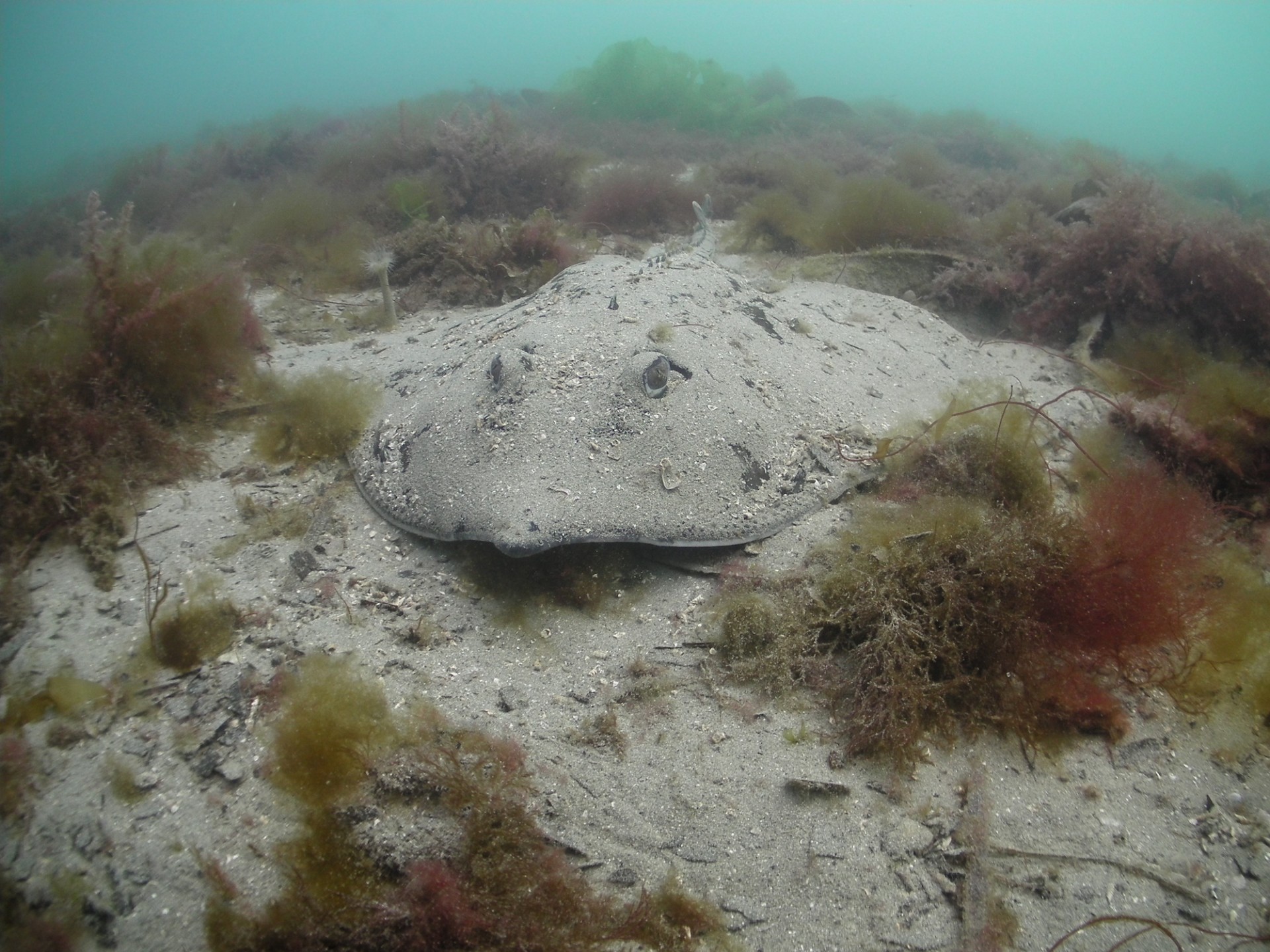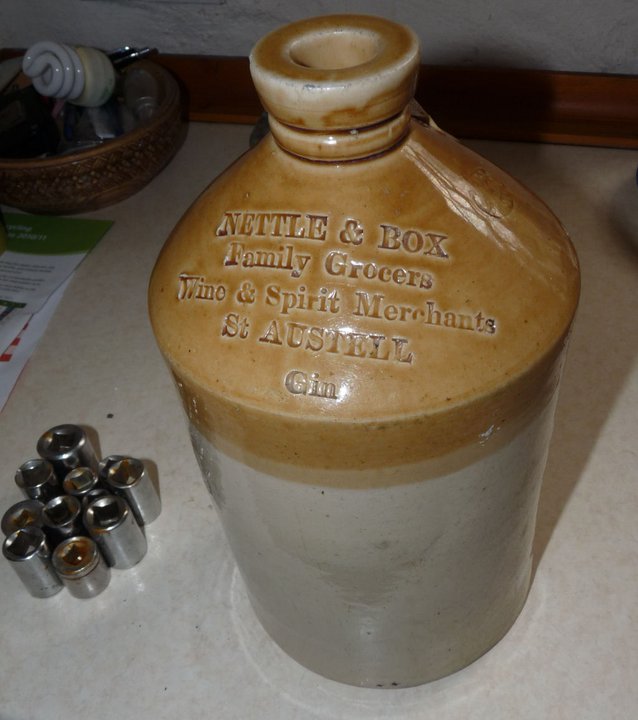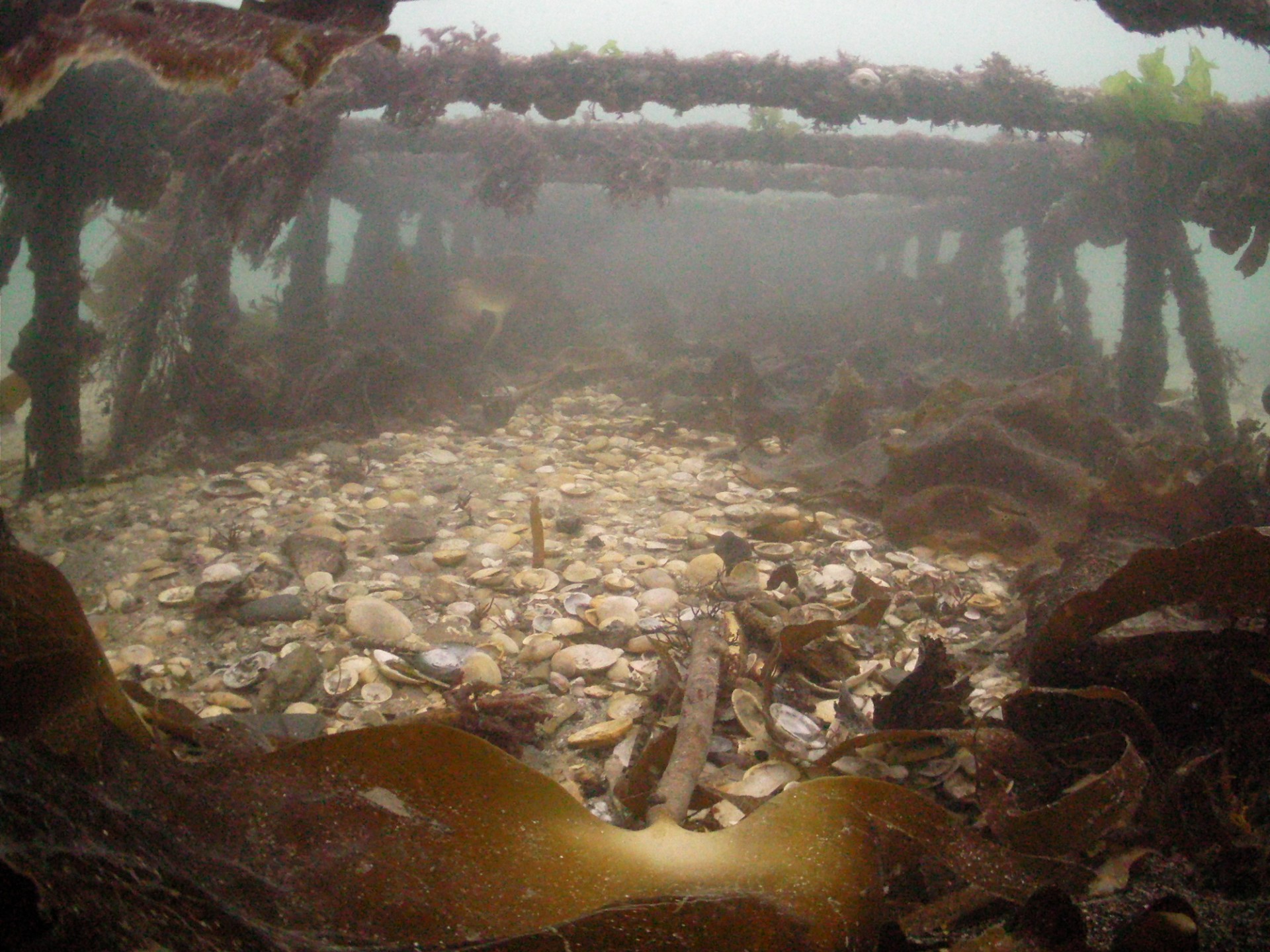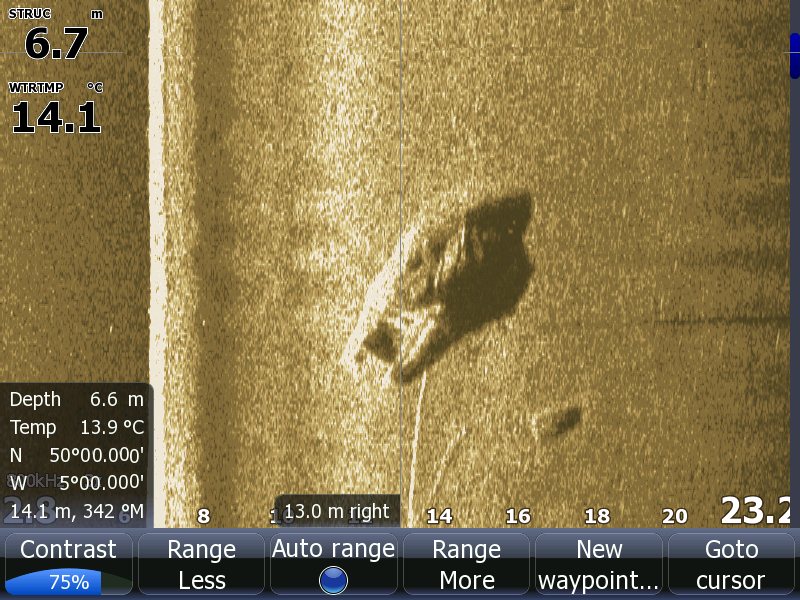News
Mark Milburn’s Cornish Wreck Ramblings, Part 12: Tidal Estuaries

Another instalment of Mark Milburn’s Cornish Wreck Ramblings…
Around Falmouth, we have two tidal estuaries and the biggest is the Carrick Roads. It is the end of the Fal River, where it joins other tributaries to create a one mile wide and three mile long estuary. This has helped create the third largest natural harbour in the world. Its many tributaries include the Percuil River by St Mawes, Mylor Creek, Penryn River, Restronguet Creek and others.
 The other tidal estuary around Falmouth is the Helford River, which is located a few miles to the southwest of the Carrick Roads. The Helford River is nowhere near as big, or as deep as the Carrick Roads; it does sprawl almost across the entire northern edge of the Lizard peninsula.
The other tidal estuary around Falmouth is the Helford River, which is located a few miles to the southwest of the Carrick Roads. The Helford River is nowhere near as big, or as deep as the Carrick Roads; it does sprawl almost across the entire northern edge of the Lizard peninsula.
The Carrick Roads has many wrecks; most have been salvaged at some time but there are still things to be found. The two biggest wrecks are the SS Stanwood and the massive 9,500 ton Mitera Marigo. There are also remnants of the WWII liberty ship, the George Hawley, left from a bombing raid, before it was removed after the war. One cannon was trawled up where the HMS Firebrand is thought to have caught fire and sank. There were many ships called the HMS Firebrand in the past, designed to be set on fire and sent into the enemies fleet, this one was a little premature.
There are several large ships anchors of varying ages lying around, some with chains still attached, but there’s always more being located. Coal, bottles, jugs and random crockery litter the bottom of the deep channel. During WWII Falmouth was an important wartime port, as it was during all conflicts, and all sorts of ships used to moor there. Before the D-Day landings there were ships from many nations so every now and then something turns up. An American ward room officers saucer was recently found in the channel by a local diver.
In the past, the Helford River was frequently dredged for oysters or scallops. This has destroyed anything small, of any age but there are still things there to be found. In the mouth of the river, the ship the Rock Island Bridge covers a large area but stands little more than a metre high. We have found anchors, random pieces of metal and the Bailey Bridge support pontoon. Very little of any age is found, except the odd old bottle in the Helford Pool.

 I recently found a small white fibreglass upturned boat hull with a small hole in the side and another in the stern. I may go back one day, to try to turn it over to see what’s inside. I also found the outline of a hull near the river mouth; it only stood up an inch or so. After speaking to locals, there was a small yacht lost there in the 1950’s and the owner claimed £1500 for lost jewellery on board. A local diver had looked for it for 30 years without finding it. I need to find it again and have a rummage but haven’t been able to so far; it’s more than likely covered with sand again. It wasn’t far from the Parachute Mine that I found a few years ago.
I recently found a small white fibreglass upturned boat hull with a small hole in the side and another in the stern. I may go back one day, to try to turn it over to see what’s inside. I also found the outline of a hull near the river mouth; it only stood up an inch or so. After speaking to locals, there was a small yacht lost there in the 1950’s and the owner claimed £1500 for lost jewellery on board. A local diver had looked for it for 30 years without finding it. I need to find it again and have a rummage but haven’t been able to so far; it’s more than likely covered with sand again. It wasn’t far from the Parachute Mine that I found a few years ago.
In the Percuil River, a tributary of the Fal, I have recovered used 20mm shell cases. I have around two dozen so far, all reported to the Receiver of Wrecks. During WWII there was apparently an anti-aircraft gun in the Percuil River just off St Mawes, and the shell cases must have just ejected into the water after being fired. I have also found a 2” brass shell case, probably thrown overboard by a fishing boat after being trawled up. There’s been a few things of interest like a 1930’s bowl and a large clay jug with the word “Gin” embossed into it. I also keep finding huge anchors that are being used instead of mooring stones, I have not found an unattached one in there yet.
I have also found a small cabin cruiser, laying upright, within the moorings. The engine was removed before it sank by the looks of it. I wonder what its story is?
Find out more about Mark and Atlantic Scuba at www.atlanticscuba.co.uk
Blogs
The Ocean Cleanup Breaks 10,000,000 KG Barrier

The Ocean Cleanup, the global non-profit project, has removed a verified all-time total of ten million kilograms (22 million lbs.) of trash from oceans and rivers around the world – approximately the same weight as the Eiffel Tower.
To complete its mission of ridding the oceans of plastic, The Ocean Cleanup uses a dual strategy: cleaning up the Great Pacific Garbage Patch (GPGP) to remove the plastic already afloat in the oceans, while stopping the flow of plastic from the world’s most polluting rivers.
Through cleaning operations in the GPGP and in rivers in eight countries, the cumulative total of trash removed has now surpassed ten million kilograms. This milestone demonstrates the acceleration of The Ocean Cleanup’s impact, while underlining the astonishing scale of the plastic pollution problem and the need for continued support and action.
While encouraging for the mission, this milestone is only a staging point: millions more tons of plastic still pollute our oceans and The Ocean Cleanup intends to continue learning, improving and innovating to solve this global catastrophe.
This announcement comes as governments from around the world meet to continue negotiations to develop a new legally binding instrument to end plastic pollution at INC4 in Ottawa, Canada. Representatives of The Ocean Cleanup will be in attendance and the organization will be urging decision-makers to collaborate towards a comprehensive and ambitious global treaty which addresses plastic at all stages of its life cycle and in all marine environments worldwide, including in areas beyond national jurisdiction.
It is encouraging to see that the need for remediation is reflected in the various options for potential treaty provisions. It is essential that the final treaty contains clear targets for the remediation of legacy plastic pollution, and reduction of riverine plastic emissions.
Tackling plastic pollution requires innovative and impactful solutions. The treaty should therefore incentivize the innovation ecosystem by fostering innovations that make maximal use of data, technology and scientific knowledge – such as those designed and deployed by The Ocean Cleanup.
‘After many tough years of trial and error, it’s amazing to see our work is starting to pay off – and I am proud of the team who has brought us to this point.’ said Boyan Slat, Founder and CEO of The Ocean Cleanup. ‘While we still have a long way to go, our recent successes fill us with renewed confidence that the oceans can be cleaned.’
The Ocean Cleanup was founded in 2013 and captured its first plastic in 2019, with the first confirmed catch in the GPGP coming soon after the deployment of Interceptor 001 in Jakarta, Indonesia. After surpassing one million kilograms of trash removed in early 2022, the non-profit project has since progressed to the third iteration of its GPGP cleaning solution, known as System 03, and a network of Interceptors currently covering rivers in eight countries, with more deployments set for 2024.
About The Ocean Cleanup
The Ocean Cleanup is an international non-profit organization that develops and scales technologies to rid the world’s oceans of plastic. They aim to achieve this goal through a dual strategy: stemming the inflow via rivers and cleaning up the legacy plastic that has already accumulated in the ocean. For the latter, The Ocean Cleanup develops large-scale systems to efficiently concentrate the plastic for periodic removal. This plastic is tracked and traced through DNV’s chain of custody model to certify claims of origin when recycling it into new products. To curb the tide via rivers, The Ocean Cleanup has developed Interceptor™ solutions to halt and extract riverine plastic before it reaches the ocean. Founded in 2013 by Boyan Slat, The Ocean Cleanup now employs a broadly multi-disciplined team of approximately 140. The foundation is headquartered in Rotterdam, the Netherlands.
For more information, visit: theoceancleanup.com and follow @theoceancleanup on social media.
Marine Life & Conservation
Steve Backshall to headline Shark Trust’s flagship event: For the Love of Sharks

Join a host of amazing, shark loving, speakers including Steve Backshall and the Shark Trust team for an evening celebrating shark conservation at the Royal Geographical Society in London this November.
Date: 29th November 2024
Time: 6-10pm
Location: Royal Geographical Society, London
Tickets: https://www.sharktrust.org/Event/flos24
The event will be a celebration of all things shark. Those lucky enough to get hold of tickets will hear from engaging guest speakers with a passion for sharks.
The line-up includes (*subject to change if unforeseen circumstances arise)
Steve Backshall: One of television’s busiest presenters, BAFTA award-winning wildlife expert Steve has been passionate about the wild world ever since he was young.
Steve’s impressive TV career has taken him all around the world, investigating a wide array of species and environments. Steve has filmed over 100 hours of children’s wildlife programmes with the BAFTA award winning Deadly 60 franchise and recently, with Sky Nature, for his new series ‘Whale with Steve Backshall’. He has been a patron for the Shark Trust for 10 years.
Simon Rogerson: is a photojournalist specialising in natural history, diving and the sea.
He is editor of SCUBA magazine, the official journal of the British Sub-Aqua Club. Simon started his career as a crime reporter but gravitated towards his ‘less depressing’ interest in underwater exploration, joining the staff of DIVE magazine in 1999. In 2005 he was named ‘Editor of the Year’ in the PPA’s Independent Publishing Awards. Simon also works as a freelance writer, contributing frequently to the Sunday Times and Telegraph, in addition to BBC Wildlife, Esquire, and a host of international diving magazines. He is the author of a book, Dive Red Sea, published by Ultimate Sports. Now based in Berkshire, Simon has been a Patron of the Shark Trust for 20 years.
More speakers to be announced soon. Head to the Shark Trust website to learn more.
The evening will also allow guests the final chance to see the Oceanic 31, shark art exhibition. Some of the artwork will be auctioned/raffled at the event, while the rest will be auctioned online to raise money for the Shark Trust Oceanic Programme.
For the Love of Sharks is an evening with something for everyone who is interested and fascinated by sharks. Join the Shark Trust, their Patrons, Trustees and Staff, along with a host of supporters for this celebration of shark conservation.
For more information or to buy a ticket: https://www.sharktrust.org/Event/flos24
-

 News3 months ago
News3 months agoHone your underwater photography skills with Alphamarine Photography at Red Sea Diving Safari in March
-

 News3 months ago
News3 months agoCapturing Critters in Lembeh Underwater Photography Workshop 2024: Event Roundup
-

 Marine Life & Conservation Blogs3 months ago
Marine Life & Conservation Blogs3 months agoCreature Feature: Swell Sharks
-

 Blogs2 months ago
Blogs2 months agoMurex Resorts: Passport to Paradise!
-

 Blogs2 months ago
Blogs2 months agoDiver Discovering Whale Skeletons Beneath Ice Judged World’s Best Underwater Photograph
-

 Gear Reviews3 weeks ago
Gear Reviews3 weeks agoGEAR REVIEW – Revolutionising Diving Comfort: The Sharkskin T2 Chillproof Suit
-

 Gear Reviews3 months ago
Gear Reviews3 months agoGear Review: Oceanic+ Dive Housing for iPhone
-

 Marine Life & Conservation2 months ago
Marine Life & Conservation2 months agoSave the Manatee Club launches brand new webcams at Silver Springs State Park, Florida

















